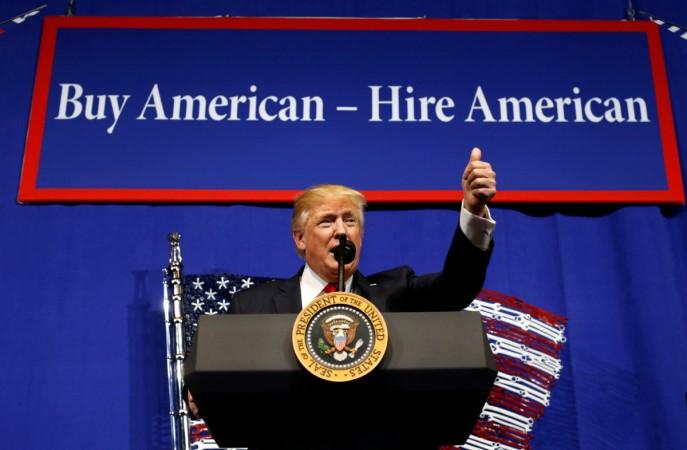Current economic slowdown prompted by the global coronavirus outbreak has made businesses reconsider their employee hiring and retention decisions - a lot of US companies will be laying off Indian employees working on H1B visas in the upcoming weeks.
The unemployment claims in the US have reached a staggering 3000% since March, with more than 6.6 million people filing for unemployment benefits, according to a data released by the U.S Department of Labour and Statistics.
Data compiled by Johns Hopkins University states, the coronavirus pandemic has infected over 360,000 and is responsible for almost 11,000 deaths in the nation.
Only 60 days for H1B visa holders to leave the US
Once laid off, employees will no longer be able to access the health insurance provided by their respective employers. Employees on H1B work visas in the US would have only 60 days to find a similar full-time job or leave the country.

While the US has put American citizens on temporary paid leave or allowed them to work reduced hours; Indian H1B workers on the contrary will have to work for 40-hours per week on a payroll and be paid nothing less but the same amount.
Indians are the largest beneficiary of the H1B US visa programme, which is a non-immigrant work permit allowing US employers to hire specialised skilled foreign talent from abroad to meet specific job requirements. Tech giants such as Amazon, Google, Microsoft are some of the US companies recruiting skilled workforce from India under the H1B programme.
With increasing unemployment in the country rising from 6% in 2015 to 21% in 2019, as per the National Foundation for American Policy, the Trump administration might suspend the H1B visa scheme this year.
The H-1B workforce layoffs are indicative of a greater immigration problem in the years to come, wherein a foreign worker may have to wait his entire lifetime to secure a lawful permanent residency in the US. While employers are buying time and counting hopes on the economic situation to change soon, the public policy think-tank CATO Institute estimates that around 200,000 Indians could die of old age while waiting for their green cards. Also, some professionals express worry that transferring H-1B status to another company within the 60-days grace period is difficult, given the hiring freezes.

Seeking visa and stay extensions from the Trump government
The USCIS claims three-fourth of the migrant workforce comprising of Indian doctors, nurses, and software engineers are on the verge of losing their jobs and health insurance as well. Most H1B workers are not in a situation to leave home with their children, who are US citizens within a time period of 60 days, as many nations have announced an entry ban, including India. Plus there are no evacuation flights to take Indians back home, in case the travel bans are extended, which means H1B workers will have to overstay on their visas.
There is not enough clarity from USCIS on visa extensions. A senior official from the Department of Homeland Security said that people who are nearing visa expiry period can go back to their home country. However you can also apply for visa extensions, if flights are not operational to your home country and your visa is nearing expiry period. Most Indian migrant workers are urging the Trump administration to extend the post-job loss limit to 180 days instead of the currently stated 60-days only.
A petition campaign on the White House website requesting extension of timeline of stay has attracted more than 20,000 signatures thus far. A minimum of 100,000 petitions are needed to get a response from the White House.
Disclaimer: The idea of stating facts in this piece is not to invoke fear in the minds of people, but create awareness information.















